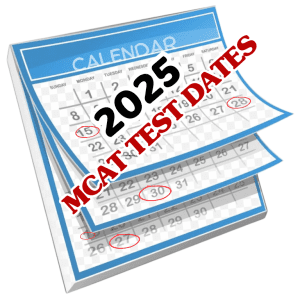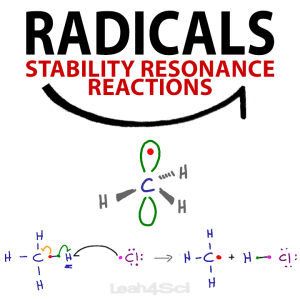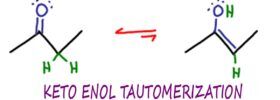

Naming organic compounds (aka IUPAC Nomenclature) will show up early in Organic Chemistry 1 and will follow you for the remainder of Orgo 1 AND Orgo 2. For example, when you’re asked to react [molecule name] with [molecule name], or to synthesize [molecule name].
If you’re here hoping to learn via practice but don’t yet feel comfortable with naming, let’s take a step back.
Ready to begin?
*Since this is a beginner quiz, we’ll focus on the basics of nomenclature and intentionally omit stereochemistry such as cis/trans and EZ, as well as R and S configurations.
Let’s warm up with a simple set of linear and branched molecules.
If you get stuck, review the first few videos in the nomenclature series .


Here we take naming organic compounds a step further by adding pi bonds and branched substituents into the molecules.
If you get stuck: Review videos 3-4 and 6-8 , as well as Propyl Butyl and Pentyl Branched Substituents


In this section, we’ll practice naming rings including cyclo and bicycloalkanes.
If you get stuck: Review video 5 in the naming series .


Here we flip the question around. Can you draw the correct organic compounds from the given names?
If you need help with drawing, review Drawing Skeletal Structures as well as Organic Chemistry or Art Class?

Ready to crank it up to the next level? Let’s practice naming molecules with additional groups on them including halogens and oxygen functional groups.
If you get stuck, review videos 9-15 in the naming series .


Professors won’t always draw them out nicely for you. Sometimes you’ll see tricky naming problems where all you have is a string of atoms and numbers. Pay VERY CLOSE attention to the hidden pi bonds and functional groups.
If you get stuck: Review the Skeletal Structures video again to identify what’s hiding in the molecular formula.

No nomenclature quiz is complete without advanced functional group naming problems. Pay close attention to functional group priority so you know how to name these molecules.
If you get stuck: Review videos 10-21 in the naming series , along with the Functional Groups Priority Cheat Sheet .



Phew! You survived! How do you feel about nomenclature? No cheating! Make sure you try the entire quiz first.
Ready to see how you did? Click the button below to find out!
For even more nomenclature practice (the expanded quiz) along with the step-by-step video explanations for this and the expanded quiz, come join me in the Organic Chemistry Study Hall.
Full study hall details here: Leah4sci.com/join
What does a 3-month MCAT Study Plan entail? Click to Read/Download


Click image below for test + score release dates and more


Work with me to figure out exactly what YOU need to ace your MCAT
Option 1: Strategy, tutorials, my help every step of the way in the MCAT Study Hall
[click for details]
Work with me to ace your Organic Chemistry Course
Option 1: Join me for bimonthly live review/Q & A Sessions, 50+ Hours of Topic-Specific review/practice sessions, direct access to me and so much more. [click for details]
The true key to successful mastery of alkene reactions lies in practice practice practice. However, … [Read More. ]

While the pre-2015 MCAT only tests you on science and verbal, you are still required to perform … [Read More. ]

Keto Enol Tautomerization or KET, is an organic chemistry reaction in which ketone and enol … [Read More. ]
Copyright © 2024 · Leah4Sci - All Rights Reserved. · Sitemap · Log in